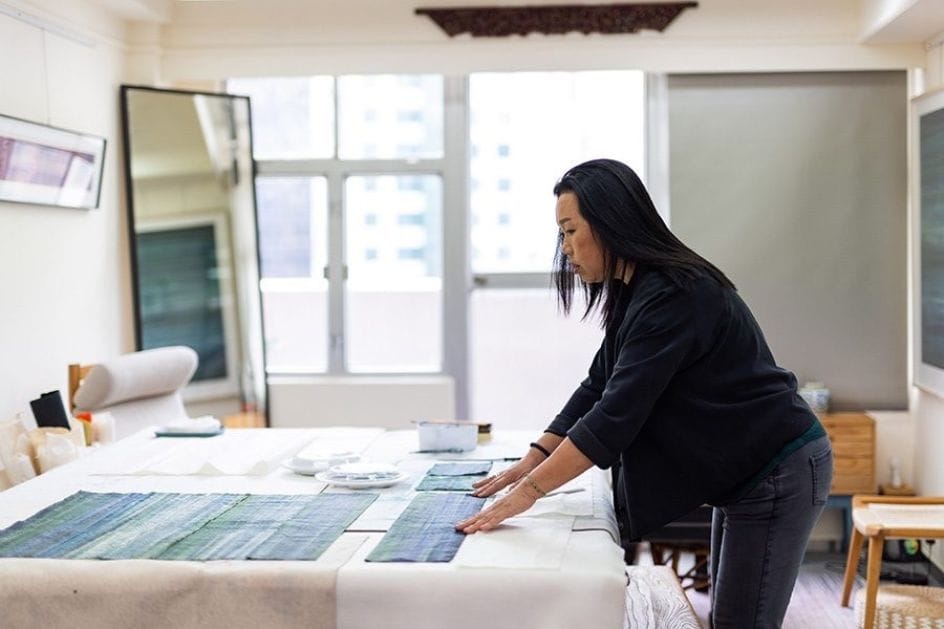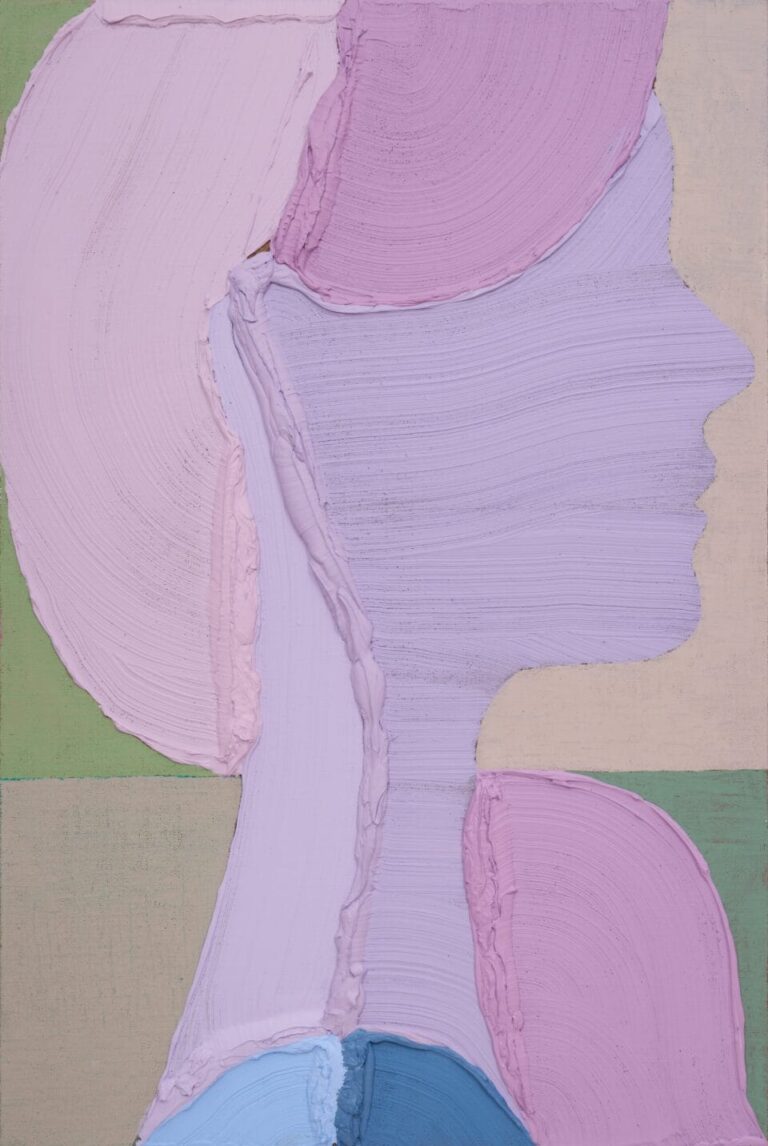Cathay Pacific introduces in-flight art gallery and more accessible seating
For those who have flown Business Class before, you’ll have noticed how every element of the experience has been carefully designed and planned to make you feel as comfortable and relaxed as possible. It truly is a special experience, but premium Hong Kong airline Cathay Pacific has just taken it to the next level with the help of industrial design company JPA Design.
As part of their comprehensive redesign of the airline’s Boeing 777-300ER fleet, the studio has worked on two design innovations: a ‘Gallery in the Skies’ and seats designed for passengers with reduced mobility. JPA’s involvement with this project stems from a longstanding design partnership with Cathay Pacific, dating back to 2008 when they collaborated on completely redesigning their wide-body cabins.
The interior redesign of their Boeing 777-300ER fleet is the most recent venture, which JPA Design creative director Elliott Koehler describes as “an ambitious project involving an extensive nose-to-tail cabin design upgrade”. The brief was to design the absolute best experience for every passenger in this aircraft, no matter what cabin they are in and include all spaces in the aircraft from the entrance, transitions from class to class, and the lavatories.
In a bid to make passengers feel “comfortable and enchanted,” Koehler says JPA Design focused on creating an interior experience that was “connected in design language, material palette and human emotion to the on-ground experiences of Cathay”.



In response to Cathay Pacific’s desire to integrate the inspiring art and culture of Hong Kong with its people and their passengers, JPA Design envisioned the ‘Gallery in the Skies’, an innovation that merges art and aviation and transcends the traditional boundaries of travel. Featuring 30 artworks ranging from urban and rural vistas, the collection vividly imagined dreamscapes, with each aircraft housing a unique artwork.
Koehler says: “This approach not only provides passengers with a new form of inspiration but also elevates their journey by introducing a cultural dimension.
“Through the Gallery’s design, we sought to create a striking visual experience, akin to viewing works in an art gallery by crafting bespoke design elements.” This includes uniquely mounted frames for the artworks with a shadow gap and illumination, which create the impression of the frames floating on the surface, mirroring gallery-style displays.



The aviation-grade material was specially developed to resemble an authentic canvas, while informative placards located under each artwork include a QR code that can be scanned using the onboard Wi-Fi to access in-depth videos about the artworks and the artists.
“The passenger experience was central to our design,” says Koehler, explaining how ‘The Gallery in the Skies’ sits within “an expansive space in the cabin, giving passengers the ability to view the artwork from a step back”, just like in a traditional gallery. Another notable feature of the gallery is a sleek privacy wall that divides it from adjacent areas like the outer hallway and lavatories, resulting in a serene and immersive environment.
“Our goal was to provide passengers with an engaging yet tranquil way to appreciate the artworks, enhancing their journey in a meaningful and memorable way,” Koehler adds.



One of the most impactful aspects of the redesigned Boeing 777-300ER interiors is the Aria Suites in the Business Class cabin, featuring an industry-first innovation for passengers with reduced mobility (PRM).
Koehler says: “Typically, the experience for a passenger with limited mobility is often compromised in an aircraft cabin, and there are some regulations that require them to use very small onboard wheelchairs and some regulations that are completely lacking to enforce any considerations.
“We wanted to change that to ensure everyone felt designed and cared for.”
Taking a human-centric approach that emphasises inclusivity and an enhanced passenger experience, JPA designed a seamless, luxurious and comfortable in-flight experience for PRMs. The movable door garage of the suites was purposefully created to assist passengers transitioning from a wheelchair to a passenger seat, with a design that focused heavily on ergonomics.
Koehler explains how the door garage assembly is unlocked via discrete release buttons, matching those on other seats. And that it slides smoothly along a set rail and reveals the complete interior space, facilitating “a seamless aisle-to-seat transfer”.



The PRM-enabled suites have been strategically located in the last row of the cabin for maximum privacy and proximity to a PRM-adapted lavatory for the passenger’s convenience.
“These design considerations ensure a discreet and dignified experience for passengers throughout their journey,” says Koehler.
Not only this, but the suites are identical to standard Aria suites in privacy, user experience, visible aesthetic, tactile comfort and even emergency functionality, ensuring no compromise for any passenger assigned to them.
Koehler says: “From a design standpoint, the biggest challenges come from manufacturing limitations that find the right balance between cost, safety, time and weight.
“The innovations of PRM, especially on a sliding door, were as much of a mechanical engineering challenge as they were ergonomic solutions that satisfied aesthetic and initiative needs of all crew and passengers.”
Innovation and pushing boundaries are in JPA’s DNA, and so they openly embraced the challenge of redefining what’s possible from an inflight customer experience perspective. “Whether it’s lighting, storage, or a meal table mechanism, no part of the interior experience escapes our analysis to make it the best it can possibly be from a user, maintenance, and sustainability angle,” Koehler adds.

🔗 Source: Original Source
📅 Published on: 2024-12-19 09:00:00
🖋️ Author: Abbey Bamford – An expert in architectural innovation and design trends.
For more inspiring articles and insights, explore our Art Article Archive.
Note: This article was reviewed and edited by the archot editorial team to ensure accuracy and quality.







